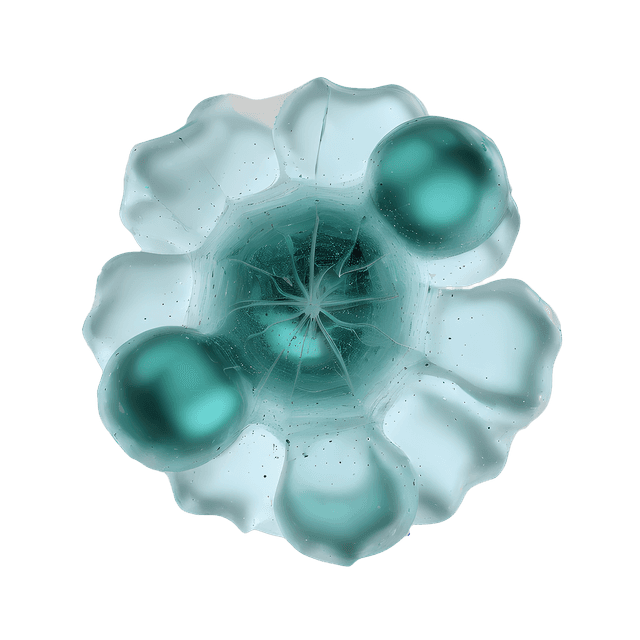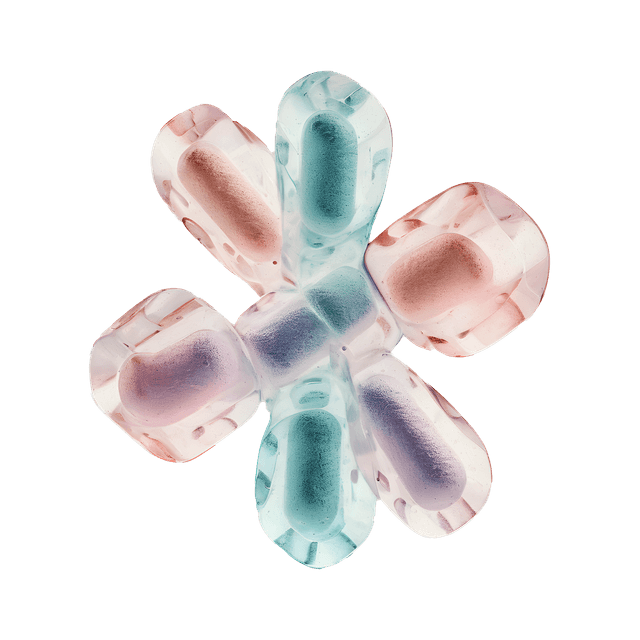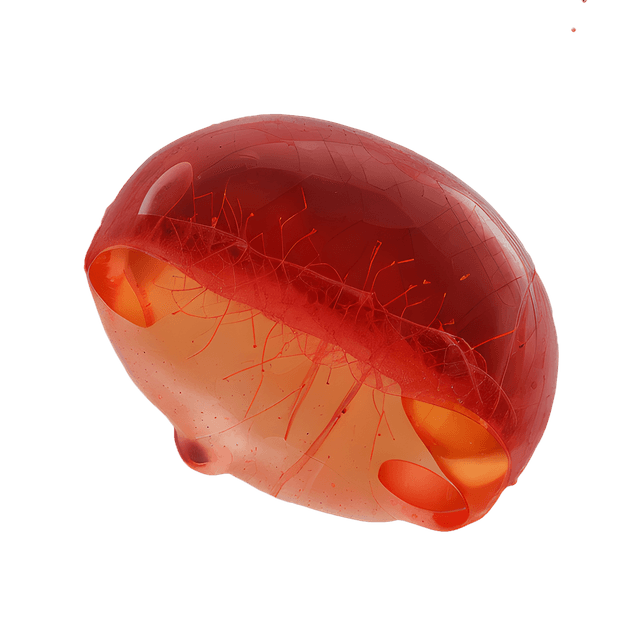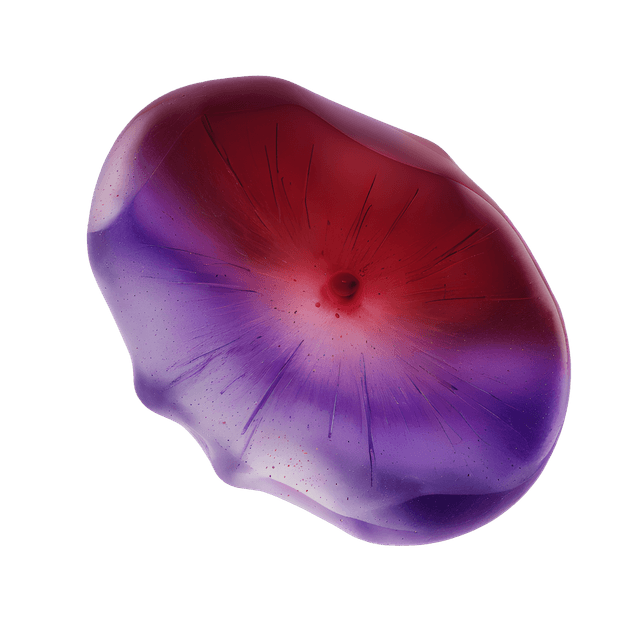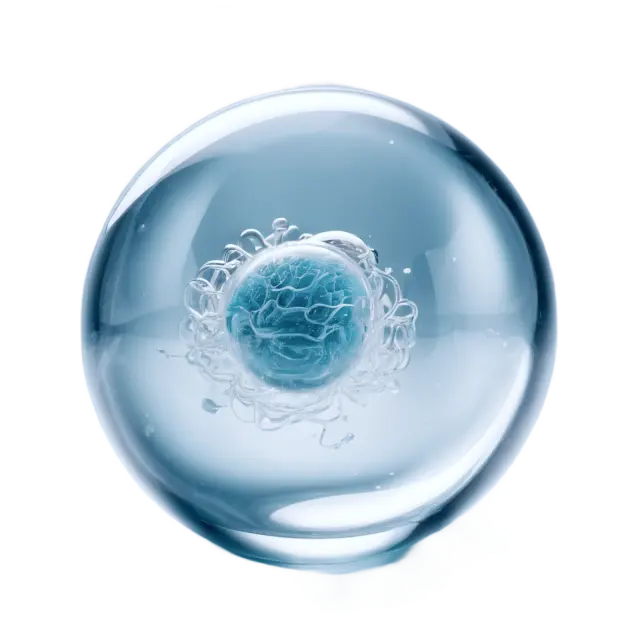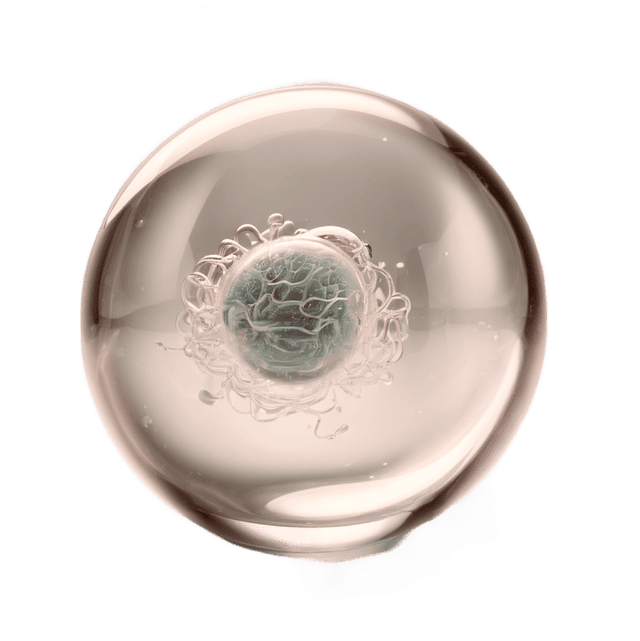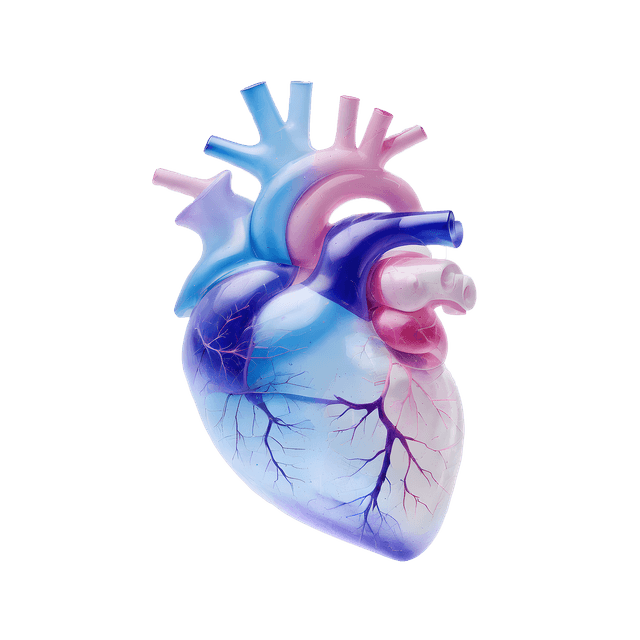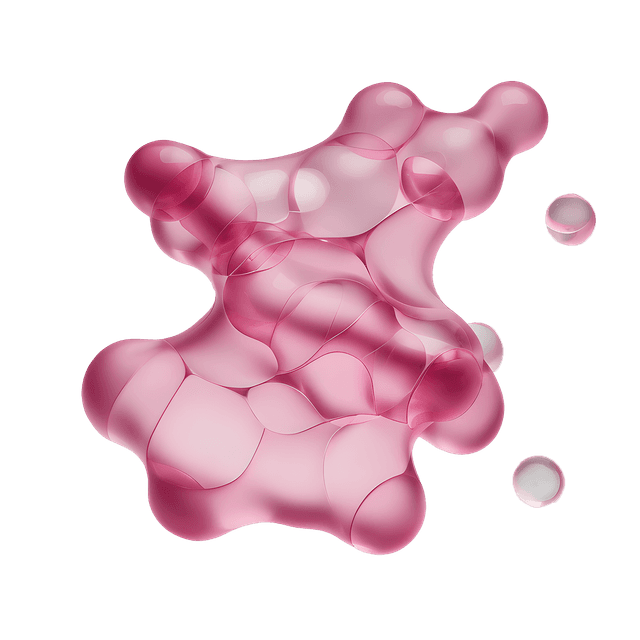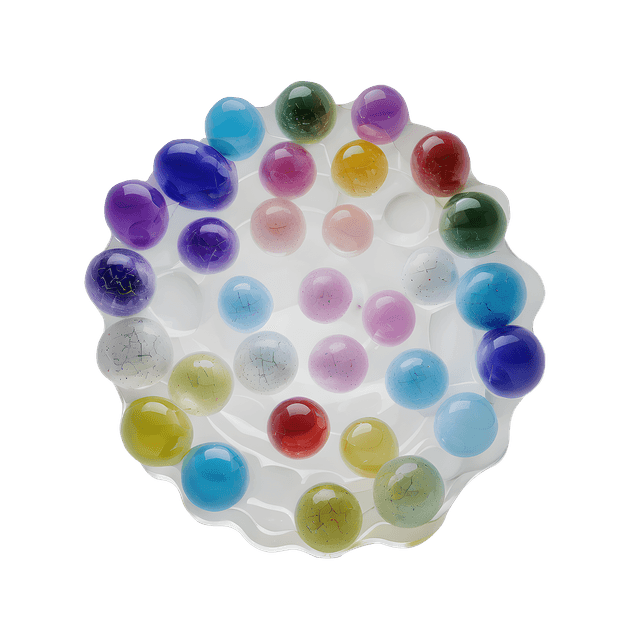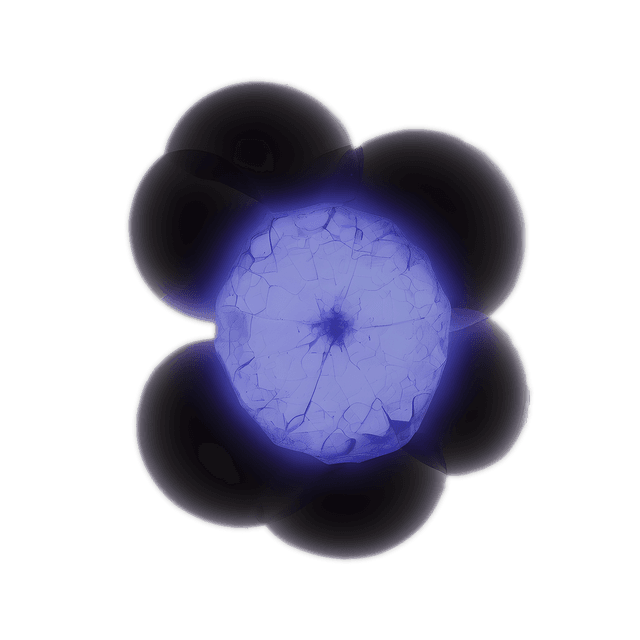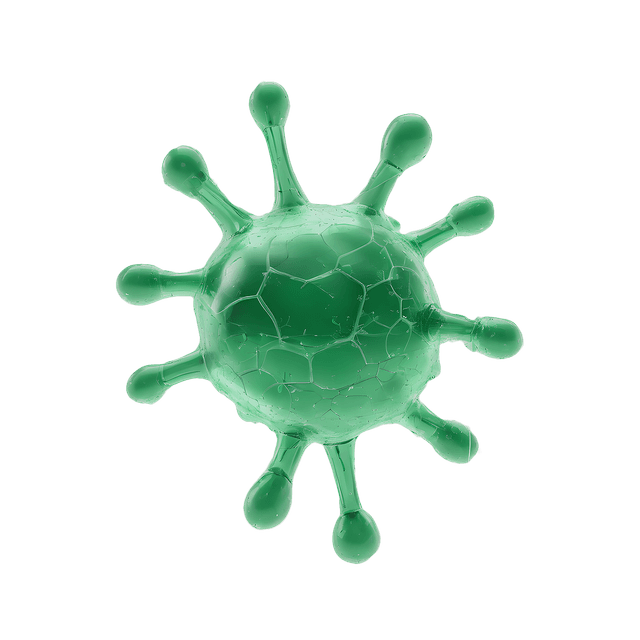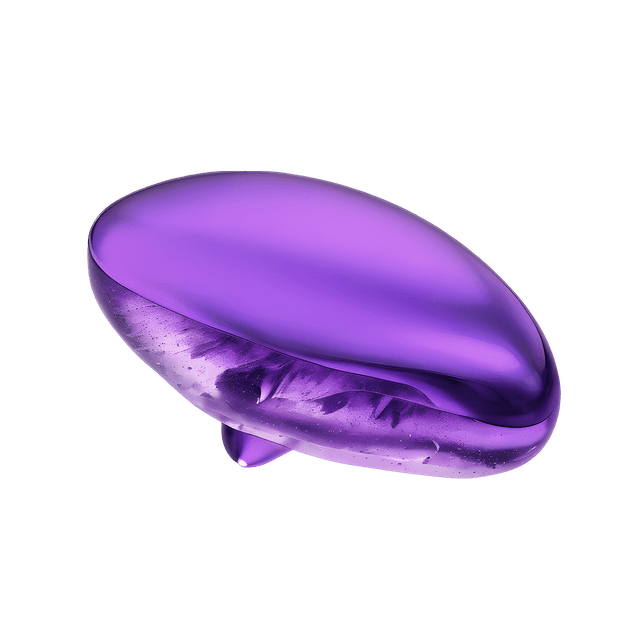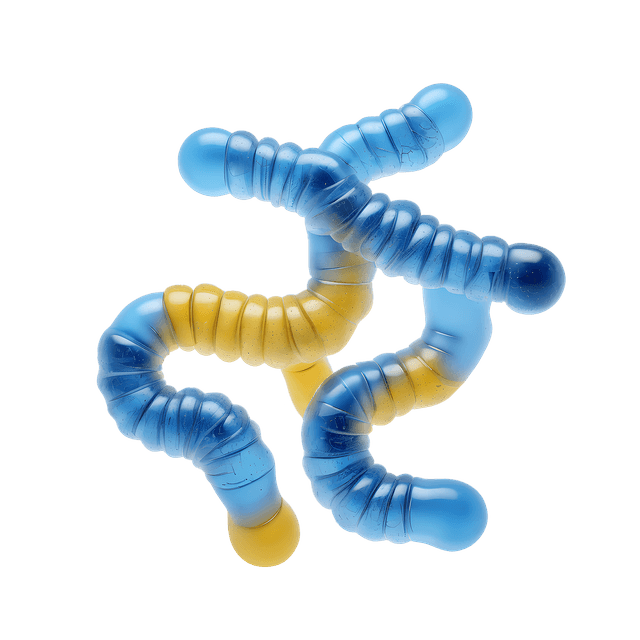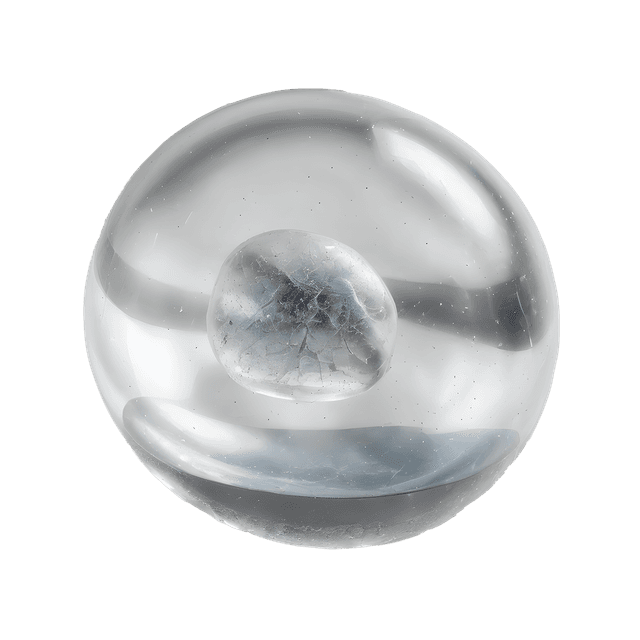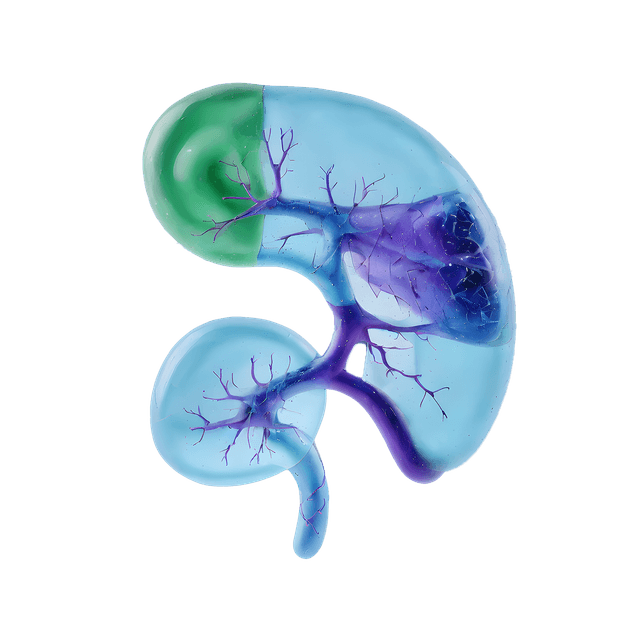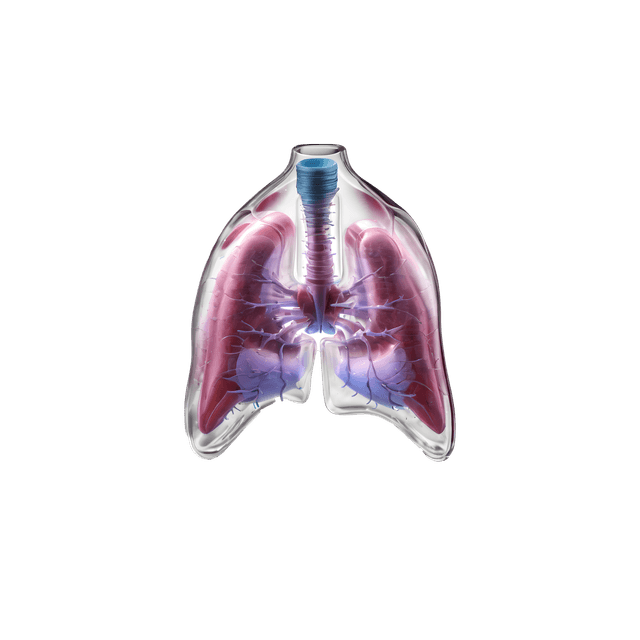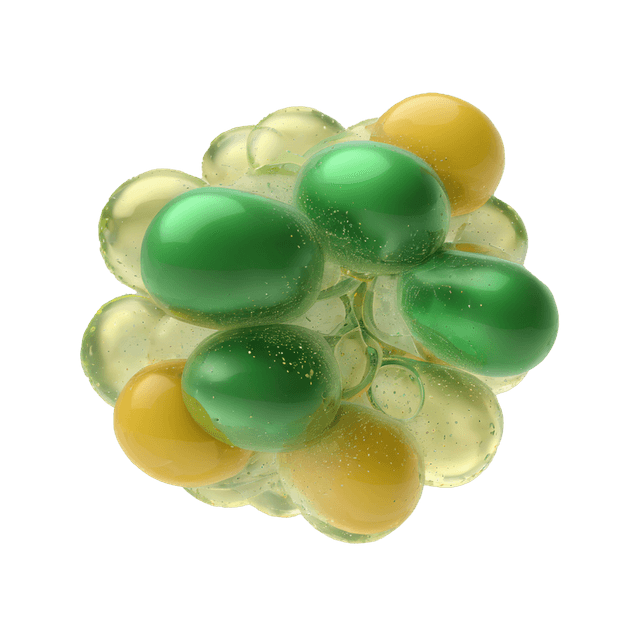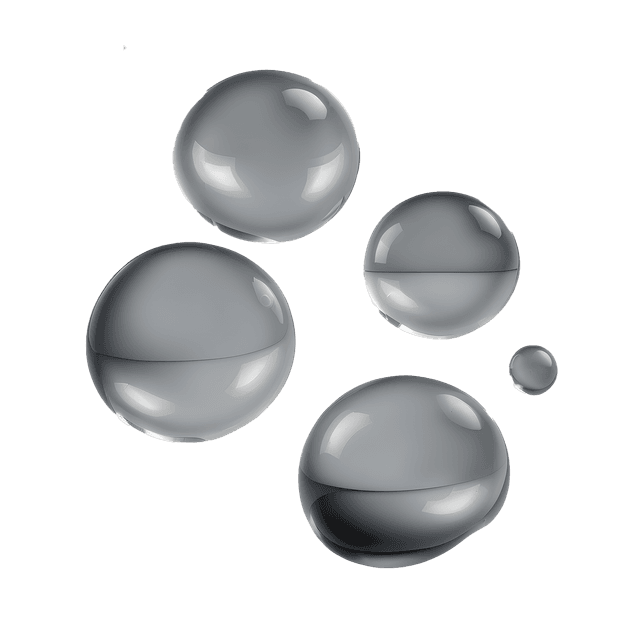S-Anti-ENA (Extractable Nuclear Antigens)
S-Anti-ENA is a test that analyzes the presence of autoantibodies directed against a selection of extractable nuclear antigens (ENA), i.e. proteins found in the cell nucleus and important in the regulation of gene expression and RNA metabolism. ENA antibodies are often strongly associated with various systemic autoimmune connective tissue diseases and are used as an in-depth diagnostic analysis in the case of a positive ANA test.
The test usually includes a panel of specific antibodies, such as:
- Anti-Ro/SSA – common in Sjögren's syndrome and subacute cutaneous lupus (SCLE)
- Anti-La/SSB – often together with anti-Ro/SSA in Sjögren's syndrome
- Anti-Sm – specific marker for systemic lupus erythematosus (SLE)
- Anti-RNP – linked to mixed connective tissue disease (MCTD)
- Anti-Scl-70 – typical of diffuse systemic sclerosis
- Anti-Jo-1 – associated with polymyositis and antisynthetase syndrome
Immunological background
In systemic autoimmune diseases, the immune system loses the ability to recognize the body's own antigens, which leads to the production of autoantibodies against specific nuclear proteins. The extractable antigens are so-called non-histone proteins and antibodies against these are more disease-specific than ANA and therefore provide valuable information in the diagnosis and differentiation of connective tissue diseases.
Clinical significance
Positive findings in the ENA panel strengthen the suspicion of a specific autoimmune disease and can be used as classification criteria in diagnostic systems. Some examples:
- Anti-Sm is almost exclusively associated with SLE and is included in its classification criteria.
- Anti-Scl-70 is seen in diffuse cutaneous systemic sclerosis and is linked to an increased risk of pulmonary fibrosis.
- Anti-RNP occurs in MCTD and certain SLE phenotypes with Raynaud's phenomenon.
- Anti-Jo-1 is often identified in myositis with pulmonary involvement.
Several of these antibodies can be found in low-grade form even in healthy individuals, but a positive test in combination with clinical symptoms such as fatigue, joint pain, skin rash, fever or sicca symptoms (dry eyes and mouth) should always be followed up further.
Diagnostic strategy
Testing for S-Anti-ENA is mainly used as a follow-up in the case of a positive ANA, but can also be ordered directly if a specific disease is suspected. If necessary, the analysis is supplemented with other autoantibodies, inflammation markers or organ samples depending on symptoms.
Limitations
S-Anti-ENA is a very useful analysis but should be interpreted together with the clinical picture. A positive result without symptoms is not sufficient for diagnosis. It is also not uncommon for some patients with a classic disease picture to have a negative ENA panel – other laboratory markers may then be more informative.
Information about the S-Anti-ENA assay
| Analysis name | Extractable nuclear antigens (S-Anti-ENA) |
|---|---|
| Type | Autoantibodies against specific nuclear proteins |
| Method | Immunoblot or ELISA |
| Indication | Positive ANA, suspicion of SLE, Sjögren's syndrome, scleroderma, myositis, etc. |
| Common components | Ro/SSA, La/SSB, Sm, RNP, Scl-70, Jo-1 |
| Complementary analyses | ANA, anti-dsDNA, complement factors, CRP, SR |



